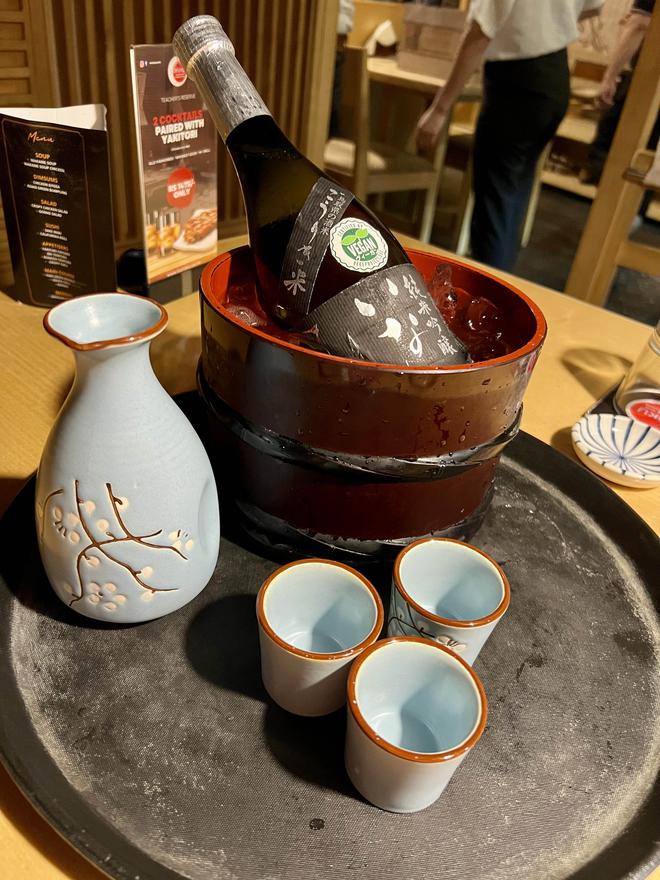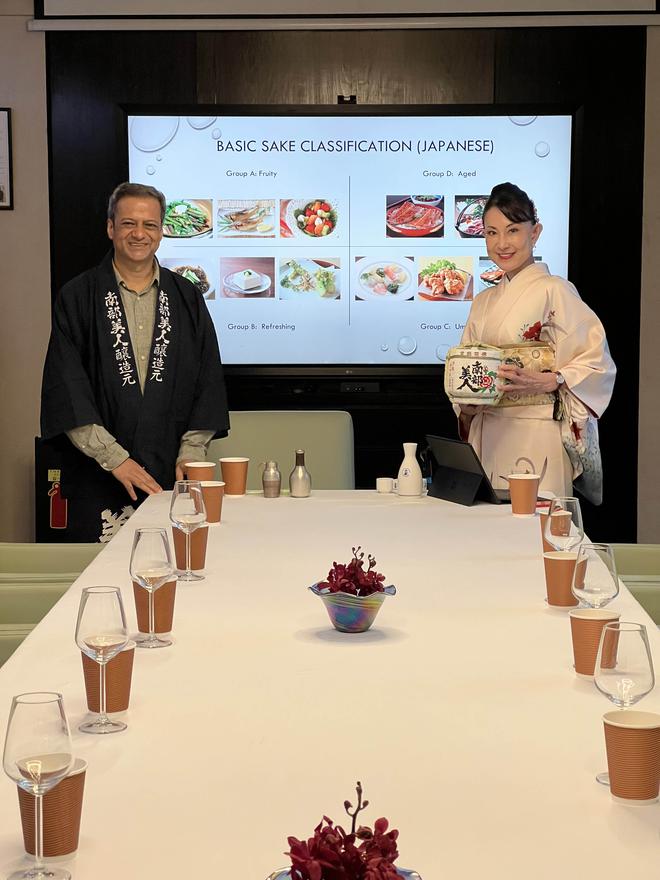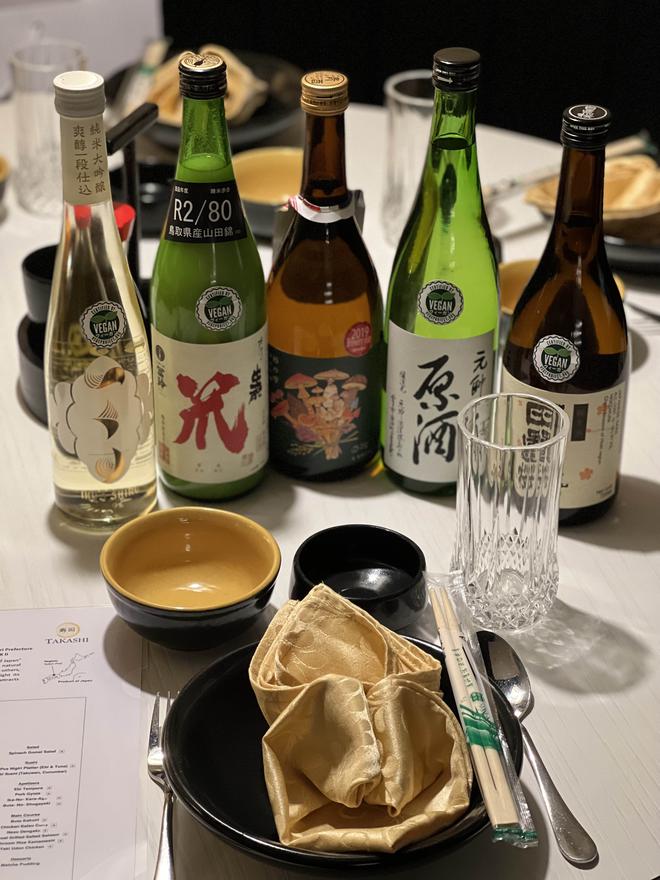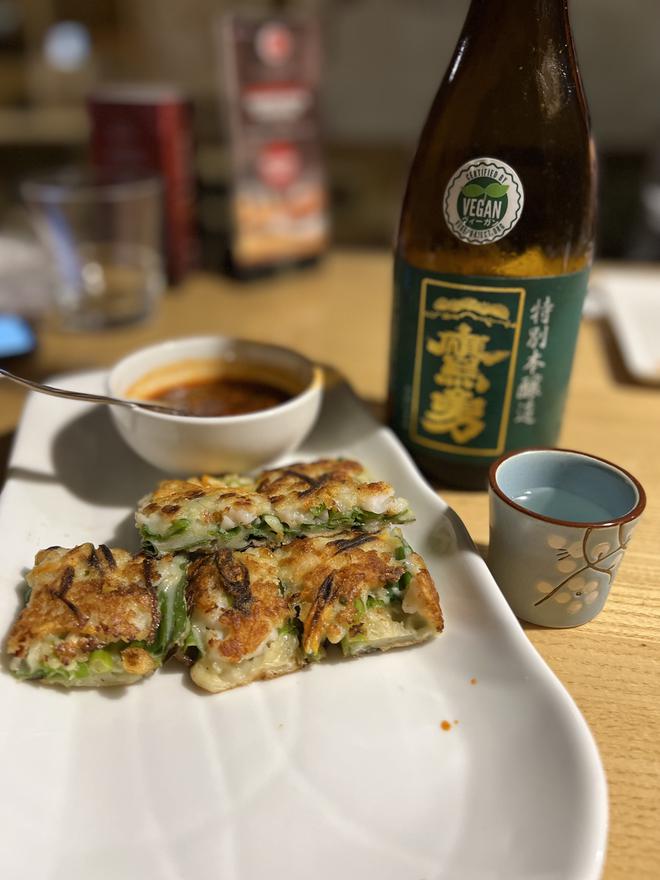Sushi has been gaining popularity in India for over a decade now, and with sushi, saké has quickly gained a loyal following as well. A Japanese rice spirit, sake is made from four key ingredients: rice, water, koji (rice mould) and yeast. To marry the love for sake, in India, with an appreciation of Japanese culture and cuisine, Sake Club India (SCI) was born in 2020.

Mika Eoka and Ravi Joshi, who started Sake Club India in 2020, say it was launched in the midst of the pandemic and has since hosted virtual, hybrid, and in-person events, forging strong ties between the Indian and Japanese communities along the way.
While Ravi Joshi, a former Army Officer and IT specialist, is a beverage writer and connoisseur of spirits, Mika Eoka is a Master Sake Sommelier and holds a Sake Diploma International from the Japan Sommelier Association (J.S.A.), along with a WSET Level 3 (Sake) certification from from the Wine and Spirit Education Trust, London. With both India and Japan sharing a broad producer and consumer base for rice, “sake definitely piques the interest of beverage lovers in India,” she says.

With offices in New Delhi and Tokyo, SCI presents a mosaic of education, engagement, beverage consultancy and events across Mumbai, Delhi and Bengaluru, among a host of other cities. All sake tasting events introduce the participants to sakes from particular prefectures in Japan.
Eoka explains, “Sake is roughly classified into four types: aromatic, light, rich and aged. Each classification has a specific serving temperature, serve ware, food pairing and even a perfect season to savour it. In Delhi in January, I prefer warmed sake. For summer, it can be enjoyed absolutely cold. Sake can be a good accompaniment with eggs, seafood and even soups.”
Eoka has conducted training sessions for hospitality chains like the Marriott, The Leela and Four Seasons as well as stand alone restaurants like Azuki Japan Travel Bistro and Sake, Bengaluru. C. T Geetha, Partner at the bistro, says her sake audience is an eclectic mix of around 75% Indians and 25% expats.

She says, “Since we serve a range of authentic Japanese food, we have a curated list of sakes like the Gekkeikan traditional and Daijinjo as well as the Sawanothsuru.” At present SCI is focussed on developing a sake ecosystem in India so that a wider range of spirits can be offered to the Indian consumer.
Nikhil Agarwal, founder of Mumbai-based, All Things Nice, which offers specialised consultancy services for the wine and spirits industry says, “Like Indian food has been the greatest ambassador for India’s wine industry, the same holds true for sake. Indians love Japanese food and want to try sake, so a lot of stand alone restaurants now serve it, while a few years back sake was mostly available at restaurants on five star properties.”
To promote the drink, Joshi says they initially approached the food and beverage industry insiders and the trade community, then conducted training sessions for hospitality students. He adds, “The USP of sake in India is that it’s a vegan product, sulphite-free unlike a lot of wines, and can be served at different temperatures.”

In India, sake is classified as a wine despite having, “a 15-20% ABV (amount of alcohol present per volume of the beverage), which is higher than fruit-based wines,” Joshi says. At Vinexpo 2022 held in New Delhi, SCI presented 19 sakes from six breweries across five prefectures of Japan, with low alcohol varieties (seven to eight percent). The yogurt-based and sparkling sakes, in particular, received a rousing reception.
At the Prowein event in Mumbai in 2022, SCI presented sakes especially from the Tottori province and conducted a sold-out masterclass on sake tasting. Eoka opines the Indian consumer is primed to appreciate sake because of a rice- based diet, “The Indian palate is flexible and people can accommodate even warmed sake, which surprised me,” she says, adding that the umami factor is key to enjoying certain types of sake.







